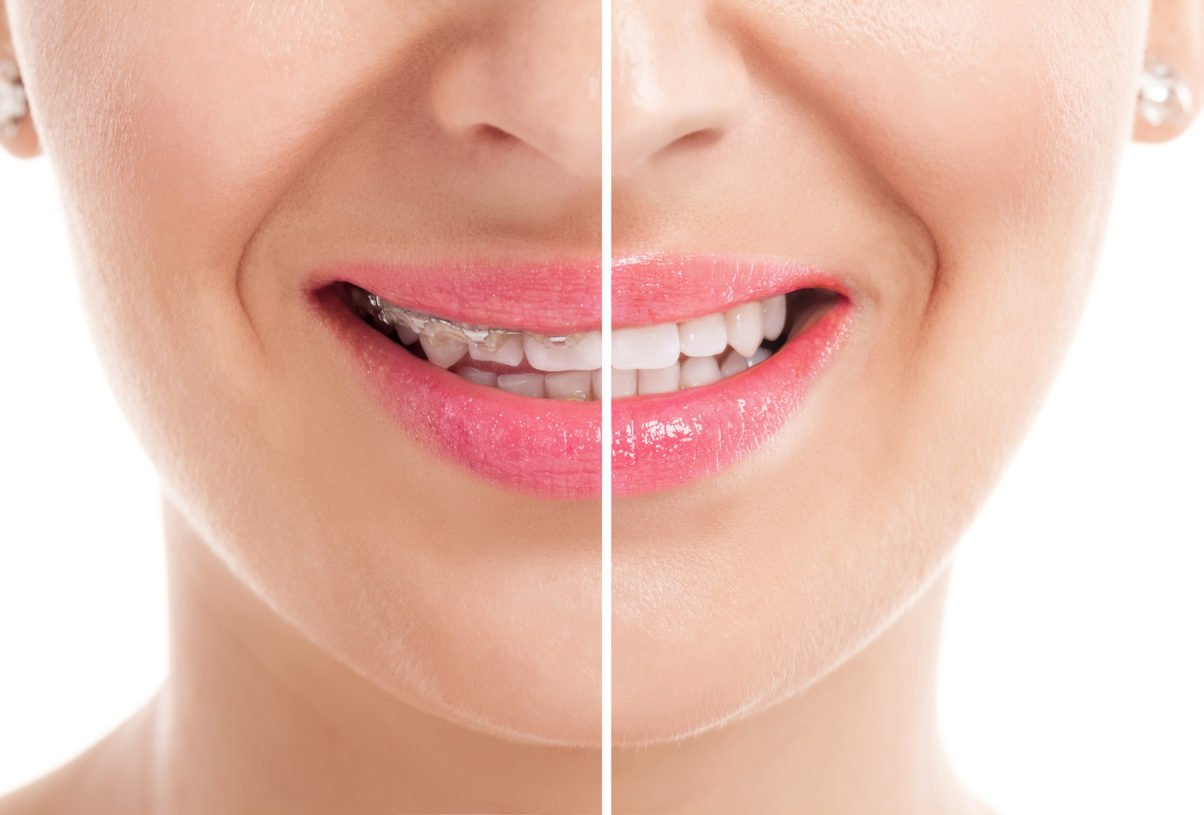Braces have the power to correct alignment issues and enhance the appearance of crooked smiles. Unfortunately, they don’t work overnight. Here’s your guide to understanding how long it will take for your braces to work, along with some insight into why it can take a while to see permanent results depending on your unique needs.
Understanding the Process
Braces do more than simply rearrange misaligned teeth; they encourage underlying bone to adapt and hold teeth in their new positions for the remainder of a patient’s life.
The bracket and archwire work in concert to align a tooth into a new position. The shift is gradual by design. Since there are specific biological traits that determine how your teeth will best move into their new, preferred positions, the orthodontist must take a measured, stepwise approach. This means allowing the correct amount of time for the new movement to set properly.
It’s important to remember that any new movement will require bone to be broken down and then regrown to hold the tooth in its new position. This all takes time which can vary depending on your unique needs. This means it’s not always possible to provide a perfectly accurate estimate of how long braces will take to work since orthodontists personalize treatment based on each patient.
When Will You Notice a Change?
A variety of factors will dictate the rate at which you begin to notice your teeth have shifted. Some patients begin to notice that their teeth have changed in about four weeks; however, it typically takes around two to three months on average.
Members of the American Association of Orthodontists (AAO) report that the median length of orthodontic treatment is 22 months. That said, since the range of malocclusions is reasonably wide among patients, noticeable changes and overall treatment times will range, as well.
Why Does it Take So Much Time?
Your orthodontist will adjust your teeth incrementally to maximize movement in the shortest amount of time. That said, he or she will be careful not to move too quickly or too slowly. If the treatment doesn’t progress fast enough, you could experience root resorption. On the other hand, if the treatment progresses too fast, you would experience more discomfort, and the underlying bone may not have enough time to develop enough support for the new position of your teeth. If excessive force is used on the teeth, you could experience more discomfort, and potentially experience adverse changes to the roots, bone and gums.
Can I Make My Treatment Go Faster?
Just about everyone wants their orthodontic treatments to progress as fast as possible, and orthodontists feel the same way. To maximize results and minimize risk, however, they move at an intelligent pace. Extending treatment or taking shortcuts can have a detrimental long-term impact that wouldn’t benefit anyone. In the end, you will need to be patient and trust your orthodontist.
At the same time, the AAO says there are a few things you can do to make sure your orthodontic treatment move as quickly as possible. This includes following your orthodontist’s instructions on brushing, flossing, diet and professional cleanings. You should also be sure to keep all of your scheduled appointments with your orthodontist and general dentist.


 Previous Article
Previous Article

